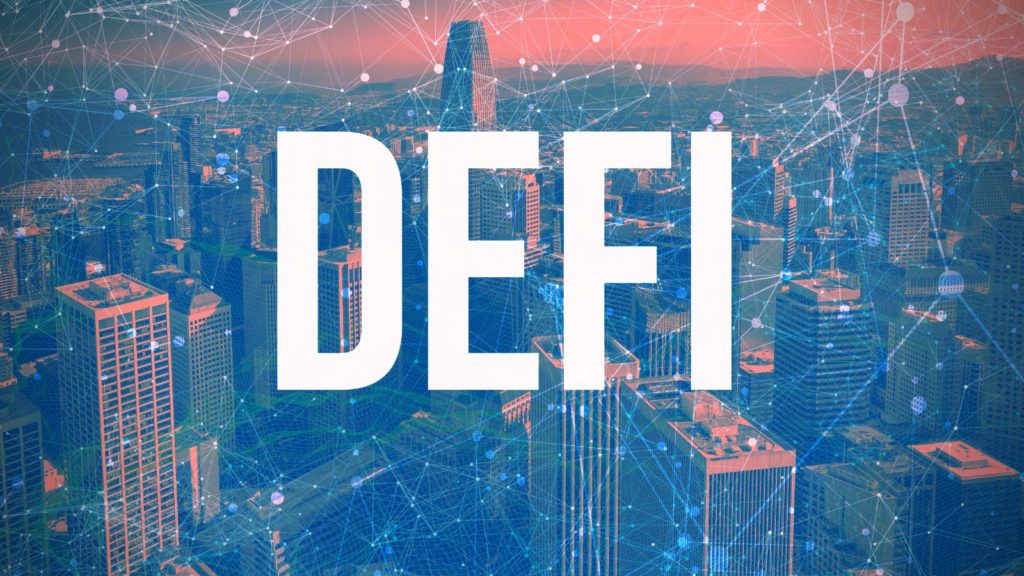The first-mover advantage in Decentralized Finance has served Ethereum well, but not necessarily its users at this current stage. Luckily for them, there are other alternatives for the DeFi market — including Bitcoin, which could be the answer the DeFi market needs to sort out many of its challenges.
Summary
DeFi on Bitcoin Is what the market needs
Ethereum has done much to revolutionize the financial market, and it is already making waves in the traditional finance world. Decentralized Finance, or DeFi, has unlocked a great deal of potential, but, as early as it is, it’s not without its challenges. The Ethereum network has encountered issues relating to scalability as DeFi has grown more and more popular, which is not good news for current network participants — especially for small-time users. Miners, meanwhile, sometimes earn around five or six times more than Bitcoin miners.
Developing DeFi ecosystems on Bitcoin may not seem intuitive at first, but a quick consideration of the idea makes it clear how useful it can be. Imagine being able to access the breadth of DeFi services just from a Bitcoin wallet through a sidechain; this could fundamentally redefine how users examine crypto and DeFi.
After all, most of the DeFi value is already denominated in Bitcoin: there are more than 250,000 wBTC, 15,600 RENBTC on Ethereum 2,600 rBTC (Rootstock) and 3,300 L-BTC (Liquid network). At current prices, the Bitcoin peg-ins are worth around 13 billion dollar.
This is all the more important when you consider the fact that many services are migrating away from Ethereum due to its unsustainably high gas fees. Just look at the increased engagement on Binance Smart Chain, Avalanche, Polygon, Solana, Cardano, and other smart contract networks — developers and users alike are heading in this direction because they want more sustainable and secure networks to work with.
Ethereum will inevitably have to address these issues in order to achieve widespread commercial levels of adoption. Either way, the industry is about to see a big shift in how we interact with the DeFi market, and pioneering projects and forward-thinking developers will seek solutions like the ones proposed by the likes of Mintlayer.
Why Build on Bitcoin?
The potentialities of building DeFi on Bitcoin have piqued the interest of projects like Mintlayer, which seems particularly keen on leveraging Bitcoin’s security and second-layer solutions to facilitate the growth of the DeFi market.
For example, consider asset tokenization, which is one of the most widely discussed applications of the DeFi market. While representing real estate, stocks, and precious metals as digital assets have tremendous benefits, it also has enormous challenges. The legal nature of these may vary significantly from country to country.
Mintlayer’s ACL allows users to adjust the rules regulating issued assets to suit various jurisdictional requirements. But the real benefit of Mintlayer is that it is attempting to build an ecosystem of DeFi on one blockchain — Bitcoin.
Mintlayer is building a second-layer sidechain that has no need for a specific gas token, allowing for the direct exchange of Bitcoin for tokenized assets. As Bitcoin is the most popular and secure cryptocurrency in the world, this has benefits that are readily apparent.
The sidechain has another quite compelling feature — it provides tools to migrate from other blockchains like Ethereum smart contracts to a new WASM environment (the same used by Polkadot, which already has a tool to port Solidity smart contracts into it!). This makes it much easier for developers to get off the ground running and build communities quickly on the largest blockchain by users and market cap.

Mintlayer’s approach to building on Bitcoin
The idea of making Bitcoin more robust by facilitating development on it is not new, with a few other solutions also on the market such as Rootstock, Liquid or Stacks.
Rootstock is an EVM-compatible Ethereum clone that uses rBTC — wrapped bitcoins that are mainly held in custody by Coinswitch and merged mining. Liquid instead uses the Nakamoto consensus to build a sidechain with a peg-in bridge to BTC, managed by a federation of 15 entities who hold bitcoins in a multisignature (if more than 4 of them are missing, there is a backup recovery key held by Blockstream). Stacks is another sidechain who plans to work with a BTC bridge managed by TokenSoft.
Mintlayer, on the other hand, claims to be the sidechain with the most genuine connection with the Bitcoin blockchain itself. Although it’s possible to peg-in BTC, the main focus here is the direct interoperability between tokens issued on Mintlayer and Bitcoin, that is possible thanks to the architecture of the sidechain, making use of UTXO and Bitcoin Script.
The Mintlayer ecosystem of tokens – such as stock tokens or stablecoins issued on the sidechain – will also be compatible with the Lightning Network, perfect for scaling if both parties are connected with a channel on the mainchain (BTC) and the Mintlayer sidechain.
To make atomic swaps and lightning swaps safe, each Mintlayer block is linked directly to a BTC block and the protocol also makes use of a built-in checkpointing system, which creates a snapshot of the Mintlayer blockchain into Bitcoin. Those checkpoints are consolidated (considered valid by the entire network) after one week of Bitcoin blocks created over it. This wards off typical threats of PoS systems such as long range attacks.
Essentially, Mintlayer is a Bitcoin wallet with real, not pegged, Bitcoin that enables additional features to boot.
The future of DeFi on Bitcoin
To be able to use Bitcoin in the DeFi market has immediate improvements that any serious developer and user base would at least consider as a viable option. Although Ethereum has begun to establish itself as the primary decentralized application platform, the time has come for the market to see that Bitcoin is the ideal blockchain for some of its most celebrated features.
Bitcoin has stronger security (due to its healthy decentralized distribution of tens of thousands of public nodes) and could very efficiently serve as the bedrock for the DeFi market in the upcoming future. As the most valuable, most used, and most reputable blockchain network, with decentralized application capabilities, nothing can stop Bitcoin from reigning supreme as the ultimate blockchain solution. This transition would serve both users and developers, and with the innovative solutions provided by Mintlayer, it could help take DeFi into a much higher degree of commercial adoption.



